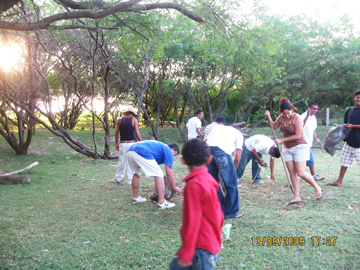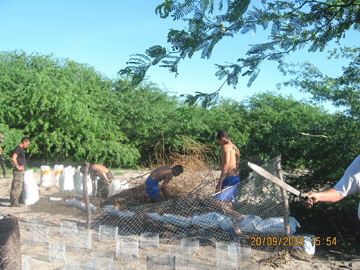
Nesting Beach Monitoring Network
2009 Research Update
March 2009, Punta Raton
This year in March, Steve Dunbar traveled down to Honduras with a group of faculty from Loma Linda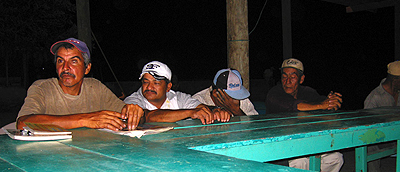 University. The multi-disciplinary team was composed of Sandy Suarez (Social Work), Jesse Bliss (Public Health), Joycelyn Malari (Pharmacy), Carizma Chapman (Marriage and Family Therapy), and Stephen Dunbar (Earth & Biological Sciences). The team was initiating an assessment of the community in preparation for ongoing efforts to assist in sustainable community development.
University. The multi-disciplinary team was composed of Sandy Suarez (Social Work), Jesse Bliss (Public Health), Joycelyn Malari (Pharmacy), Carizma Chapman (Marriage and Family Therapy), and Stephen Dunbar (Earth & Biological Sciences). The team was initiating an assessment of the community in preparation for ongoing efforts to assist in sustainable community development.
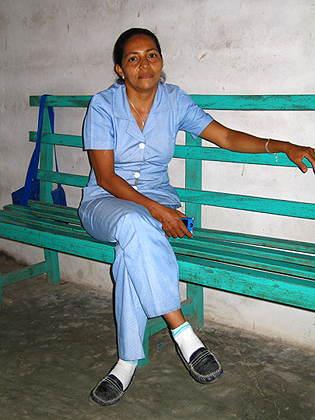 During the three days in the community, we met with several small key groups, as well as meeting withindividuals. In addition, we mapped the streets, stores,
During the three days in the community, we met with several small key groups, as well as meeting withindividuals. In addition, we mapped the streets, stores,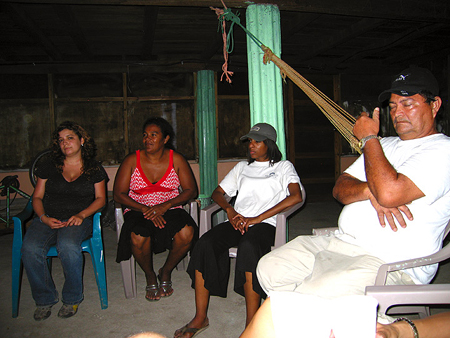 churches, school, clinic, and restaurants throughout the small town. We quickly recognized the need for a much longer assessment and to have students from LLU working in the community on an ongoing basis.
churches, school, clinic, and restaurants throughout the small town. We quickly recognized the need for a much longer assessment and to have students from LLU working in the community on an ongoing basis.
Maria, the community volunteer nurse. |
August 2009, Punta Raton
In August Steve Dunbar, Samaria Castellano, and documentary maker, Michael Wolcott, spent five days on the Punta Raton coast in preparation for the “laveda” (the 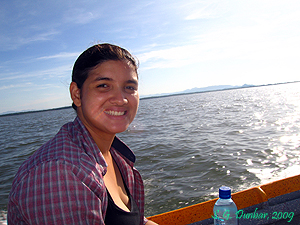 off-season – this is theperiod from Sept. 1– 25 when private collection of eggs for sale is illegal). Part of the time was spent
off-season – this is theperiod from Sept. 1– 25 when private collection of eggs for sale is illegal). Part of the time was spent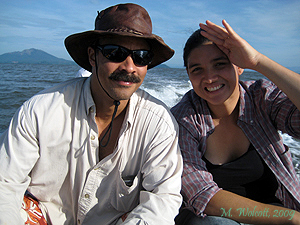 in training Samaria on procedures for collecting important data, as well as preparing her to conduct and intensive information workshop on the importance of saturation flipper tagging during the entire nesting season.
in training Samaria on procedures for collecting important data, as well as preparing her to conduct and intensive information workshop on the importance of saturation flipper tagging during the entire nesting season.
There remains some resistance to flipper tagging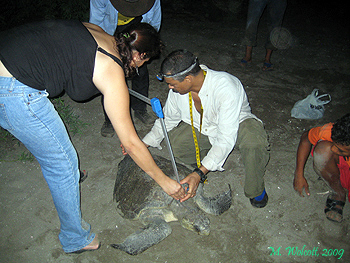 the turtles that nest in the Punta Raton community because there is a perception that flipper tagging prevents the turtles from returning to nest. This idea persists despite evidence we have shown to the contrary. Our current data show that of the 31 turtles tagged in 2007, three turtles were seen again in 2008 (during the la veda period only). Of the 110 turtles tagged in 2008 during the la veda, we saw 34 turtles return during the la veda period. It is important to note that we have, th
the turtles that nest in the Punta Raton community because there is a perception that flipper tagging prevents the turtles from returning to nest. This idea persists despite evidence we have shown to the contrary. Our current data show that of the 31 turtles tagged in 2007, three turtles were seen again in 2008 (during the la veda period only). Of the 110 turtles tagged in 2008 during the la veda, we saw 34 turtles return during the la veda period. It is important to note that we have, th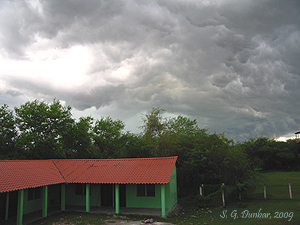 us far, only been able to tag and collect data on this population of Lepidochelys olivacea over the two nesting season only during the 25-day la veda period. This period of tagging may be insufficient for a clear picture of the nesting population on this beach. We are therefore, working with SERNA (Ministry of Environment) and the
us far, only been able to tag and collect data on this population of Lepidochelys olivacea over the two nesting season only during the 25-day la veda period. This period of tagging may be insufficient for a clear picture of the nesting population on this beach. We are therefore, working with SERNA (Ministry of Environment) and the  community of Punta Raton to increase the tagging and data collection period from the 25-day la veda period, to the entire nesting season. It’s an intensive process of education, information, and trust-building that we’re working through with the community.
community of Punta Raton to increase the tagging and data collection period from the 25-day la veda period, to the entire nesting season. It’s an intensive process of education, information, and trust-building that we’re working through with the community.
On another note, we were able to connect wit h another community in the area where there is an intenseinterest in a directed conservation effort of tagging and research, and where the local community already recognizes the importance of understanding the population dynamics of the nesting turtles. We are investigating the potential for working with this community in the future.
h another community in the area where there is an intenseinterest in a directed conservation effort of tagging and research, and where the local community already recognizes the importance of understanding the population dynamics of the nesting turtles. We are investigating the potential for working with this community in the future.
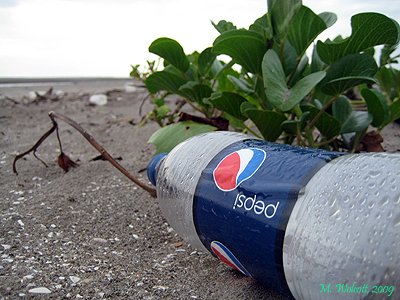
October 2009, Punta Raton
October
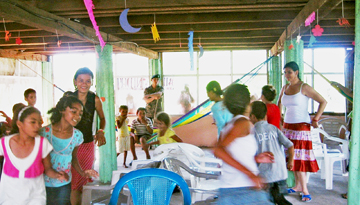
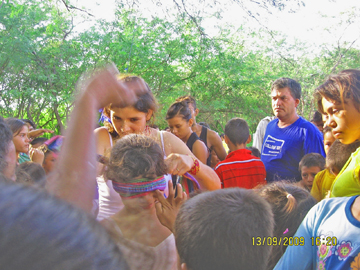
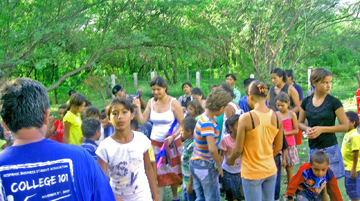
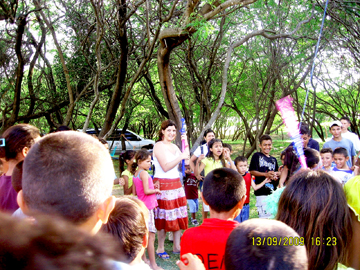
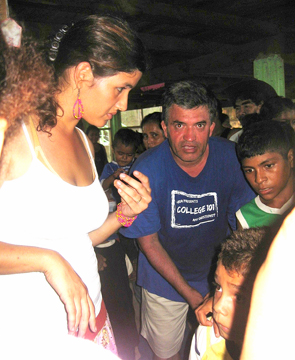
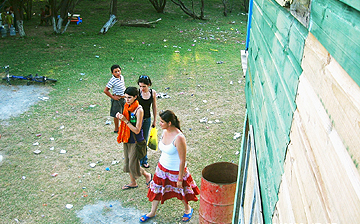
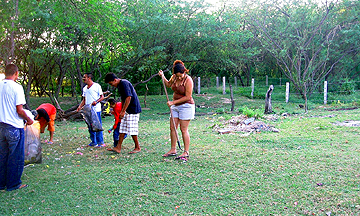
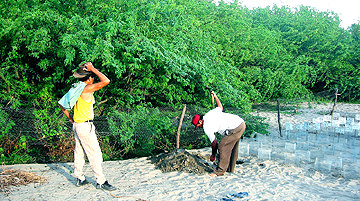
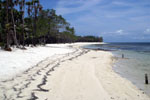
| Data Collectors |
| Bottles 2 Buildings |
Publications and Conferences |
| ResearchGate |
| ProTECTOR Inc. Youtube |
| Interns and Volunteers |
| ProTECTOR Store |
